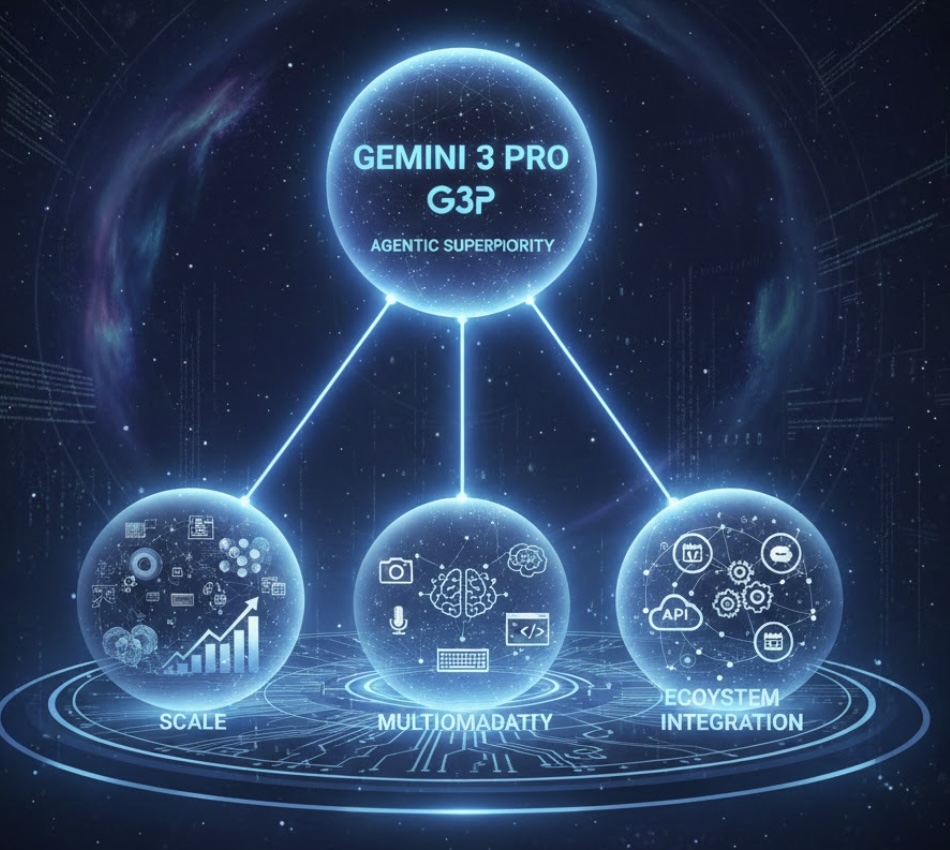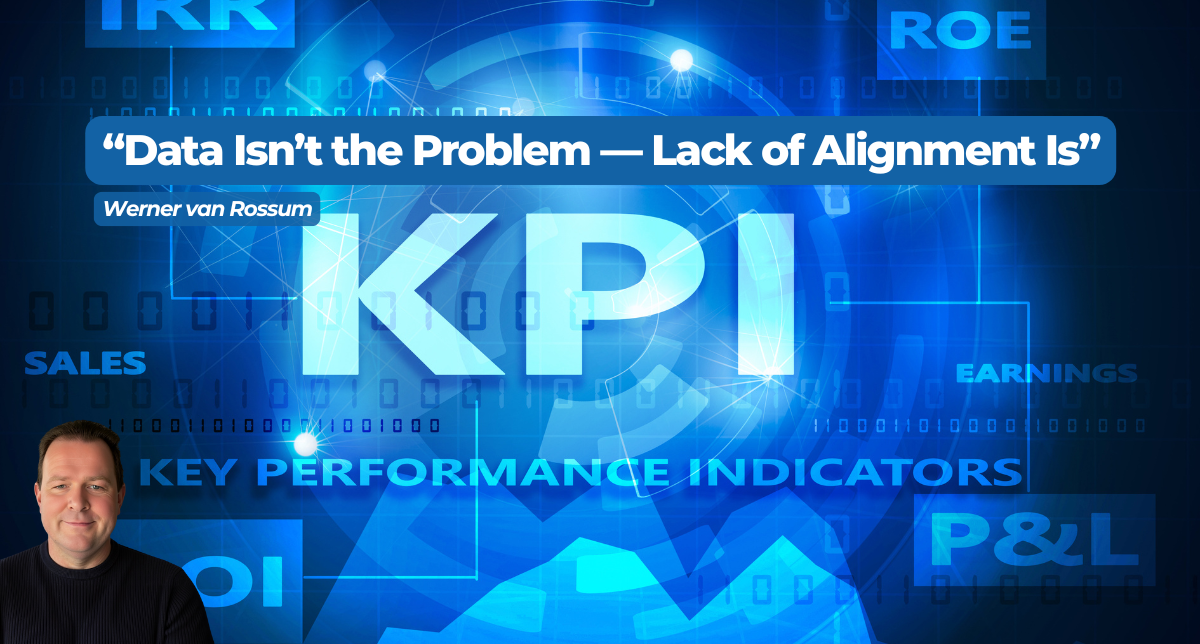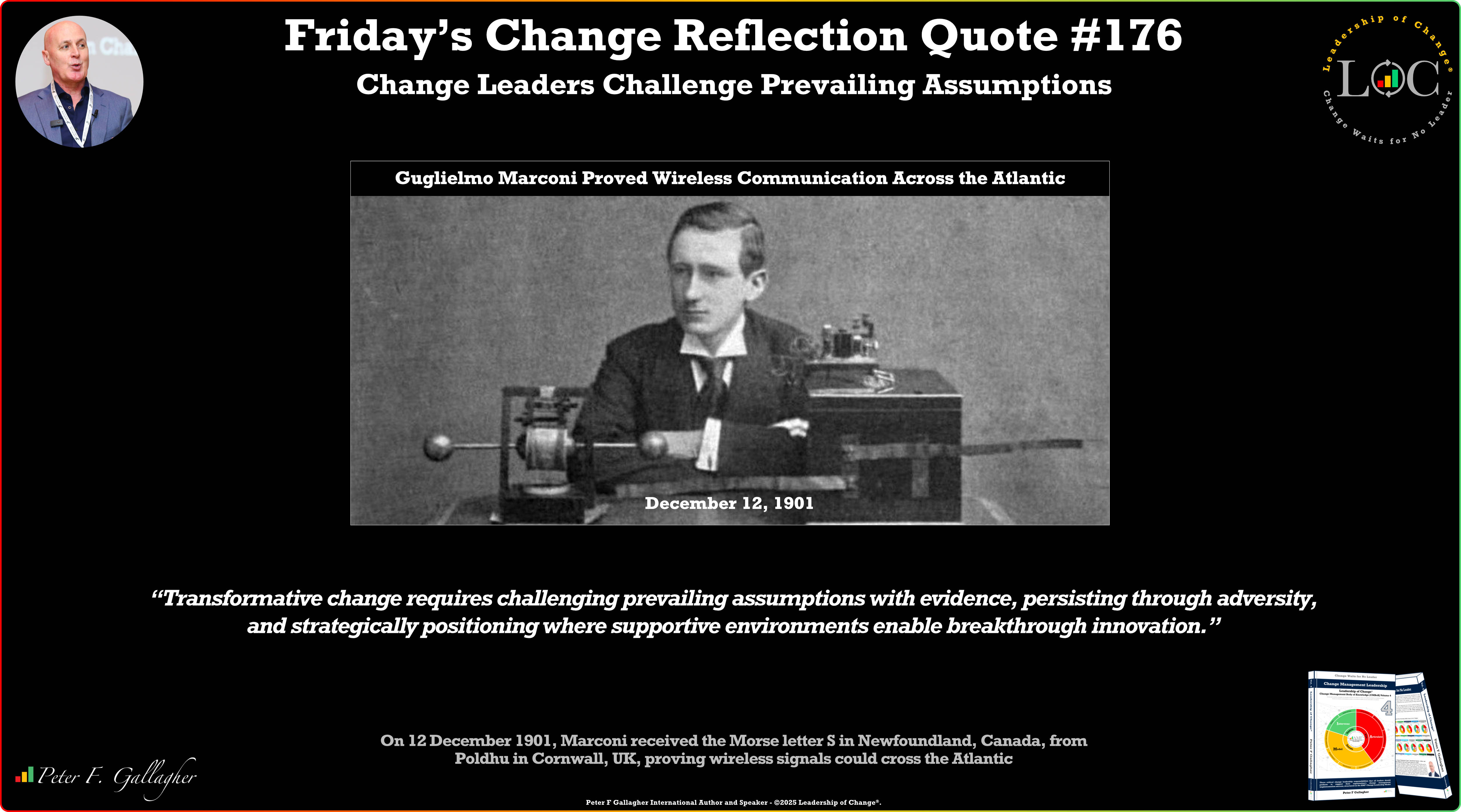May08

I am here to challenge the assertion that loyalty programs are a sign of a weaker brand. This claim is not only flawed—it fundamentally misrepresents the role of loyalty programs in modern business.
To argue that a brand with a loyalty program is weak is to overlook the reality of today’s marketplace. It assumes that customer retention happens naturally, that in a world of endless choices and rising expectations, consumers will remain loyal without any effort from brands. But let me ask you this:
Are we really prepared to call Nike, Amazon, and Starbucks weak brands?
Clearly, the existence of a loyalty program is not an indication of weakness. In fact, I would argue that a well-executed loyalty strategy is a hallmark of a brand that understands its customers deeply and has the confidence to invest in long-term relationships.
Let’s talk about the realities of business today.
Brands—no matter how strong—are operating in an era of constant disruption. Consumer expectations are higher than ever, competition is fierce, and digital channels have made switching brands effortless.
The strongest brands don’t assume that their customers will stay forever. They fight for their loyalty. They use data, personalization, and engagement strategies—all of which are enabled by well-designed loyalty programs.
This is not a sign of weakness. This is a sign of strategic intelligence.
Now, let’s address the real issue: It’s not about whether a brand has a loyalty program—it’s about how they use it.
Weak brands? They become subservient to their loyalty programs. They rely on constant discounts and points giveaways because they have no deeper connection with their customers. They treat loyalty like a cost centre, rather than a growth strategy.
Strong brands? They master loyalty programs. They craft them not as a discounting mechanism, but as an experience. Instead of bribing customers to stay, they use loyalty programs to enhance brand engagement, offer exclusivity, and create emotional connections.
Just look at Sephora. Their Beauty Insider program isn’t about points—it’s about status. It makes customers feel valued, offering VIP experiences, exclusive products, and early access to new launches. This is not a brand struggling for survival. This is a brand building a community of devoted customers.
Another false assumption in this debate is that loyalty programs are purely transactional.
Yes, some outdated programs rely on rigid points systems and repetitive discounts. But the best brands go far beyond that. They use loyalty to shape customer behaviour, increase engagement, and build ecosystems that customers don’t want to leave.
Consider Apple—a brand often cited as one that doesn’t need a loyalty program. While it may not have a traditional points-based program, Apple has created one of the most effective loyalty ecosystems in history. The seamless integration between hardware, software, and services—from iPhones to iCloud to the App Store to Apple Music—ensures customers stay within the Apple universe. That is loyalty by design.
Even Tesla, which also lacks a conventional program, relies on referral rewards and exclusive benefits to drive advocacy. The mechanism is different, but the objective remains the same: encourage long-term commitment and emotional investment in the brand.
So, does having a loyalty program make a brand weak? Or does knowing how to build and master loyalty make a brand even stronger?
Weak brands depend on loyalty programs because they have nothing else to offer. But strong brands use loyalty programs as a tool to reinforce their strength—to build communities, personalize experiences, and turn customers into advocates.
A loyalty program is not a sign of weakness. It is a sign of a brand that understands the power of customer relationships and the future of brand success.
The strongest brands are not subservient to their loyalty programs—they master them
Keywords: Business Strategy, CRM, Customer Loyalty
 The Agentic Superiority of Gemini 3 Pro: Scale, Multimodality, and Ecosystem Integration
The Agentic Superiority of Gemini 3 Pro: Scale, Multimodality, and Ecosystem Integration Data Isn’t the Problem. Alignment Is.
Data Isn’t the Problem. Alignment Is. Friday’s Change Reflection Quote - Leadership of Change - Change Leaders Challenge Prevailing Assumptions
Friday’s Change Reflection Quote - Leadership of Change - Change Leaders Challenge Prevailing Assumptions The Corix Partners Friday Reading List - December 12, 2025
The Corix Partners Friday Reading List - December 12, 2025 Measuring the True ROI of Automated Claims Processes: Beyond Speed and Cost
Measuring the True ROI of Automated Claims Processes: Beyond Speed and Cost